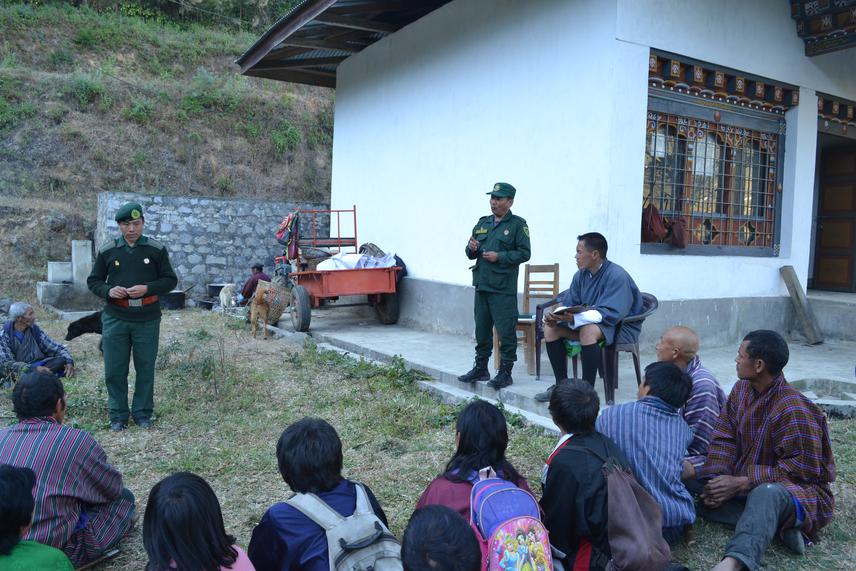Letro
Other projects
15 Apr 2016
Status and Distribution of Himalayan Black Bear and the Status of Human-Bear Conflict in Jigme Singye Wangchuck National Park
Bhutan has ten protected areas connected by biological corridors. Assessing their structural connectivity is vital for ensuring functional connectivity. The present research and conservation work will assess structural connectivity of Biological Corridor No 8 for enabling safe migratory corridor for large mammals between two national parks, i.e. Jigme Singye Wangchuck National Park and Wangchuck Centennial National Park. Field methods like camera trapping and transect survey will be used to assess the structural connectivity. The questionnaire survey will be administered to assess human-tiger interactions near the corridor. Conservation awareness workshop will be conducted to the communities to sensitize them on the importance of corridor and wildlife conservation. The project is expected contribute in securing the Biological corridor for wildlife movement between the two protected areas.

The present project focuses on landscape-level conservation of wildlife and biodiversity in Bhutan. Set to assess the structural connectivity of Biological corridor No. 8 that connects two national parks, Jigme Singye Wangchuck National Park in central Bhutan with Wangchuck Centennial National Park, the project will play a critical role in enhancing the information on the BC, which as of now has not received much conservation attention. BCs in Bhutan are not managed at par with protected areas as of now due to financial and other constraints. The BC is expected to enhance the mobility of large mammals like tigers and leopards, as JSWNP is together with Royal Manas National Park is considered to have tiger source population and WCNP and northern protected areas have lesser tiger number as per national tiger survey report.
Through this project, I will look into the distribution of prey species as influenced by various biophysical aspects, which all constitute an important structural component of the landscape for enabling save movement corridor for large carnivores. The study area is divided into grids of 2.5 X 2.5 km and in each grid, transect survey will be conducted and camera traps will be installed. I will also assess the people’s perception on biological corridors and conservation and information based on the research component will be disseminated to communities and recommendations will be put forward to the department for securing the BC for wildlife movement.